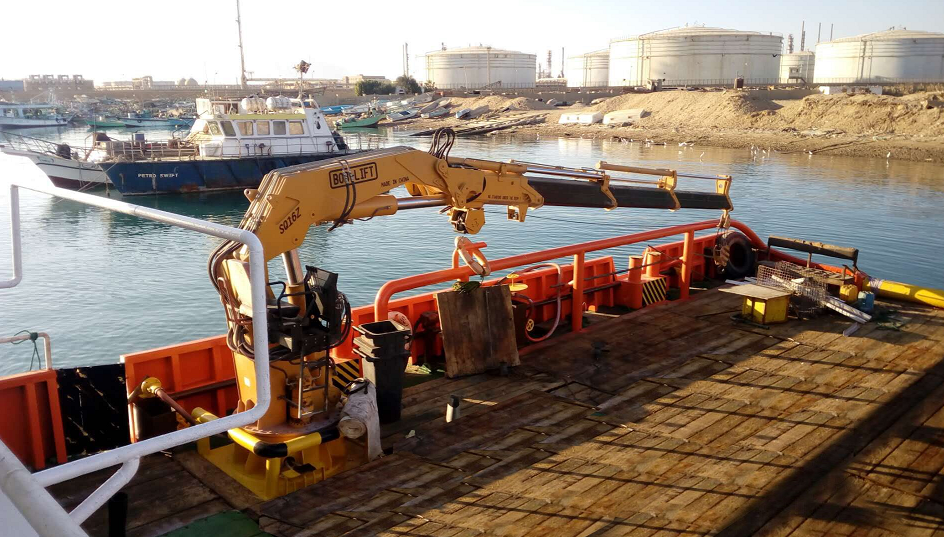Choosing the best crane or lifting equipment is a challenging process. In order to find equipment that contributes to safe and efficient operation, we must thoroughly understand crane terminology, different types of cranes, crane components, and lifting terminology. Here is a summary of the top 12 terms you should know to help you.so,How to choose crane?

CMAA
CMAACMAA refers to the American Crane Manufacturers Association, an independent trade association responsible for establishing and maintaining the quality and performance standards of electric overhead cranes. CMAA was established in 1927, formerly known as the Electric Overhead Crane Association, and is an internationally recognized authority on crane standards.
Crane boom.
The boom is one of the most eye-catching crane components. Although the crane boom contains various designs and functions, it is fundamentally defined as a frame that supports and moves loads.
Critical load.
Critical load refers to the load that requires additional control or support because it is close to the maximum carrying capacity. If released or moved without complete control, critical loads may seriously endanger the safety of the system. Critical loads need to use a single fail-safe crane to ensure adequate operational safety.
Explosion-proof crane.
Explosion-proof cranes are specifically designed to control explosions and prevent heat or sparks from entering the surrounding work space. They are used in the application of flammable and explosive materials and are usually classified as I, II and III.
The first category is the most stringent, these cranes are suitable for applications that may ignite highly flammable materials and gases, and the second category cranes are suitable for potentially combustible air dust. Class III is the least stringent, and these cranes are suitable for potentially combustible air fibers.
Flux vector drive.
The magnetic flux vector drive is a variable frequency drive used to monitor and control the speed and direction of the crane motor shaft. By using a closed-loop system and an adjustable incremental encoder to monitor the motor shaft, the speed and braking of the crane can be controlled to a greater extent.
promote
The term hoist defines equipment dedicated to lifting and lowering loads. According to its definition, lifting is the act of raising the load on a vertical plane, and is usually used to indicate the lifting application of a crane.
lift
For cranes, lift refers to the highest point at which the hook, magnet, or crane of the crane can lift a specific weight. Critical load calculations are used to define the lifting of a given crane or crane component, depending on the size, configuration and load weight of the crane.
Load block
The load block is assembled by crane parts suspended by the hoisting line, including hooks, swivels, bearings, pulleys, pins and frames. It is used to lift and move the load and monitor the tensile pressure to ensure that the load remains within the lifting capacity.
Bridge crane.
Bridge cranes are specially designed and designed to run on elevated structures. They can use mobile or fixed cranes and mobile bridges. Overhead cranes are available in a variety of designs and configurations.
Proof of single failure.
The single failure proof crane is designed to ensure that if a crane component fails, another component in the system will not fail. This helps protect the load, especially when a load failure can have extremely negative effects.
The top crane is running.
The jacking crane is a bridge crane that travels along a track supported by a single beam or a double beam, and the end of the truck is connected with the support beam of the runway. They can carry loads without limiting capacity, making them ideal for facilities with limited overhead space.
Wheelbase
The crane or crane wheelbase refers to the distance from the center to the center of the outermost wheel measured parallel to the support rail. This measurement can be used to determine the carrying capacity.
 truck crane,Truck mounted crane,Marine Crane –
truck crane,Truck mounted crane,Marine Crane –